Finder is Apple’’ s submit management application for macOS. Initially glimpse, the app appears like any other tool you’’d usage to search the contents of your os, similar to Windows File Explorer, and in numerous methods it is. If, nevertheless, you dig underneath the surface area, you’’ ll find a number of beneficial functions that make Finder unique.
Knowing what your apps can do develops a more gratifying macOS experience and assists you get the most out of Apple’’ s integrated tools. Here, we’’ ll list 10 Finder pointers you might or might not currently understand.
1. Develop a New Folder With Selected Files
Perhaps you’’ ve got a stack of pictures or files that require to form their own folder. You can either do this the simple method, or the simpler method.
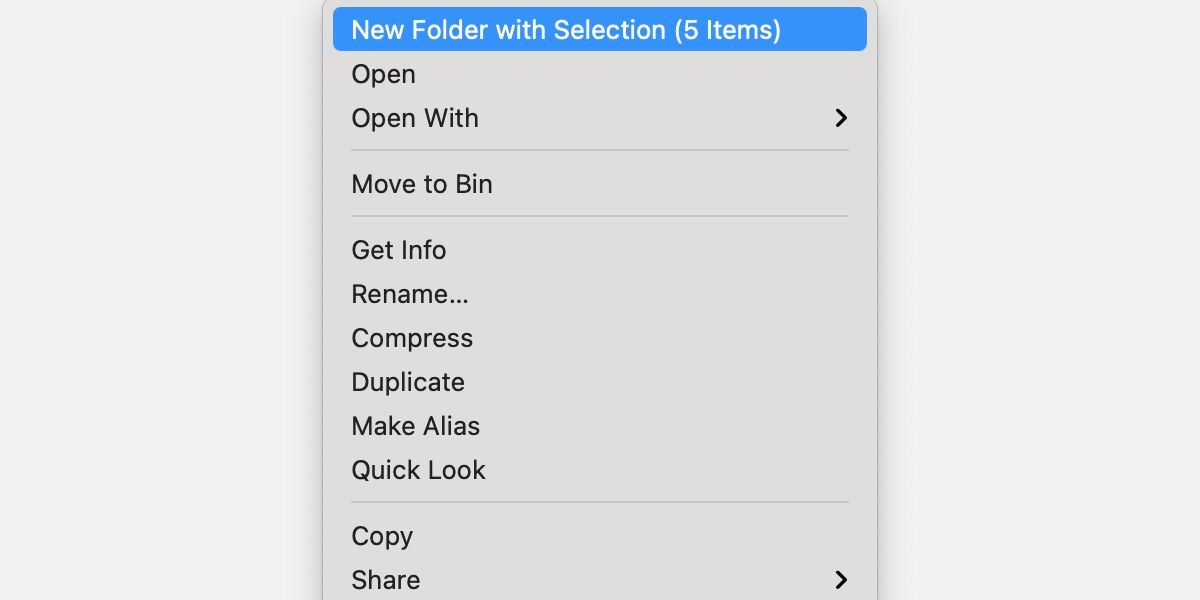
Traditionally, you may develop a brand-new folder and after that drag and drop the files inside. This technique is easy enough, however it might be easier. Rather, you can choose all of the appropriate files and have them develop their own brand-new folder by following these actions:
Select each pertinent file.Control-click any picked file or browse to the File menu.Select New Folder with Selection.Go into the brand-new folder name.Press Enter.
Your files will now transfer to the freshly produced folder.
2. Cut or Move Files in Finder
While copying and pasting in Finder is a simple adequate procedure, the technique for moving or cutting isn’’ t apparent. As soon as you have the knowledge, utilizing this function is as easy as pushing a couple of buttons. To move or cut in Finder, follow these actions:
Select the file you wish to move.Copy utilizing Cmd + C or Edit>> Copy ““ File name ”. Browse to the target location.Move the file utilizing Cmd + Option + V. Alternatively, click the Edit menu while holding the Option secret and pick Move Items Here.
As you can see, Finder doesn’’ t have a cut choice, however moving accomplishes the exact same outcome.
3. Relabel Multiple Files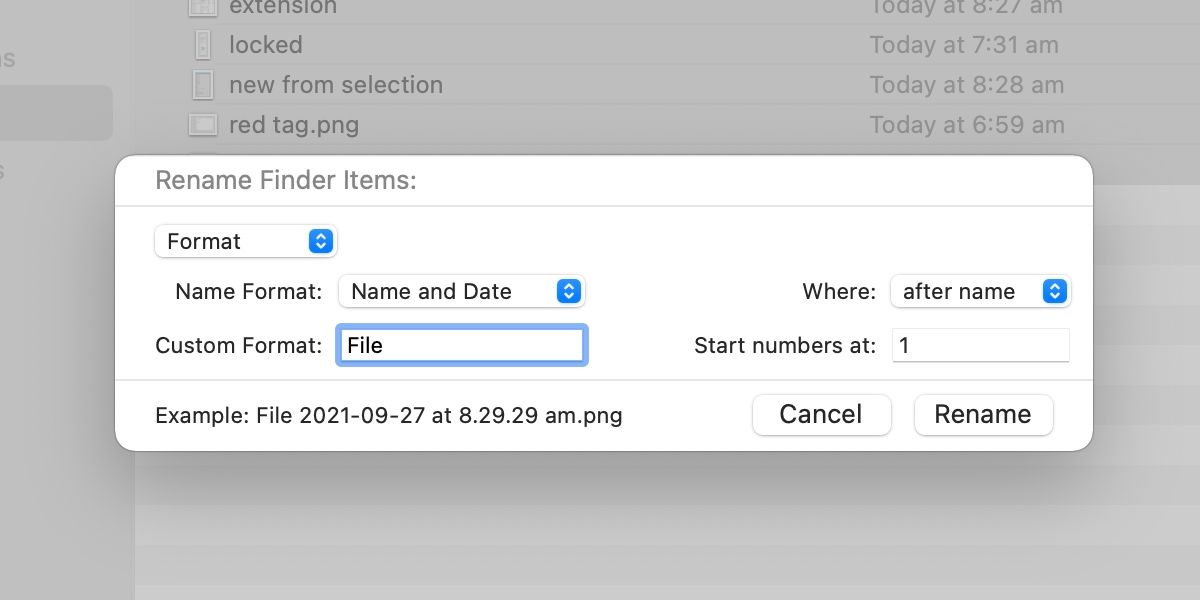
You might sometimes discover yourself in a scenario where you require to relabel several files at the same time . Usually, you may process each file separately, however, sometimes, batch renaming is a better option. You can change text, include text, or choose a custom-made format.
To relabel numerous files in Finder, follow these actions:
Select the pertinent files.Control-click any picked file or browse to the File menu.Select Rename.Select a rename type: Replace Text, Add Text, or Format.Total all fields.Click Rename.4. Modification File and Folder Icons
Sometimes you might desire a product to stick out amongst the rest, or possibly you’’ re a representative of turmoil and wish to puzzle somebody by making files appear like folders and vice versa. Whatever your objective, you can alter icons in Finder with these easy actions:
Copy a product with the wanted icon, or another image, to the clipboard.Select the file or folder you wish to alter.Control-click the product or browse to the File menu.Select Get Info.Click the icon in the Get Info window.Paste with Cmd + V or Edit>> Paste.![]()
The icon must now alter to the image you’’ ve pasted in its location. When utilizing an image, you’’ ll requirement to open the file itself and copy the image. If you just copy the icon, that’’ s what will appear when you strike paste.
Related: How to Change the Look of Finder on Mac the Easy Way
.5. Usage Tags to Color Code.
Tagging is an outstanding method to keep an eye on files. Color-tagged products are simple to recognize in huge lists, and, second of all, Finder’’ s search function enables you to find files with the exact same tags.Here are the actionsfor tagging:.
. Select the pertinent product. Control-click the choice, browse to File, or click the Edit Tags icon in the Finder control bar.Select the preferred tags. 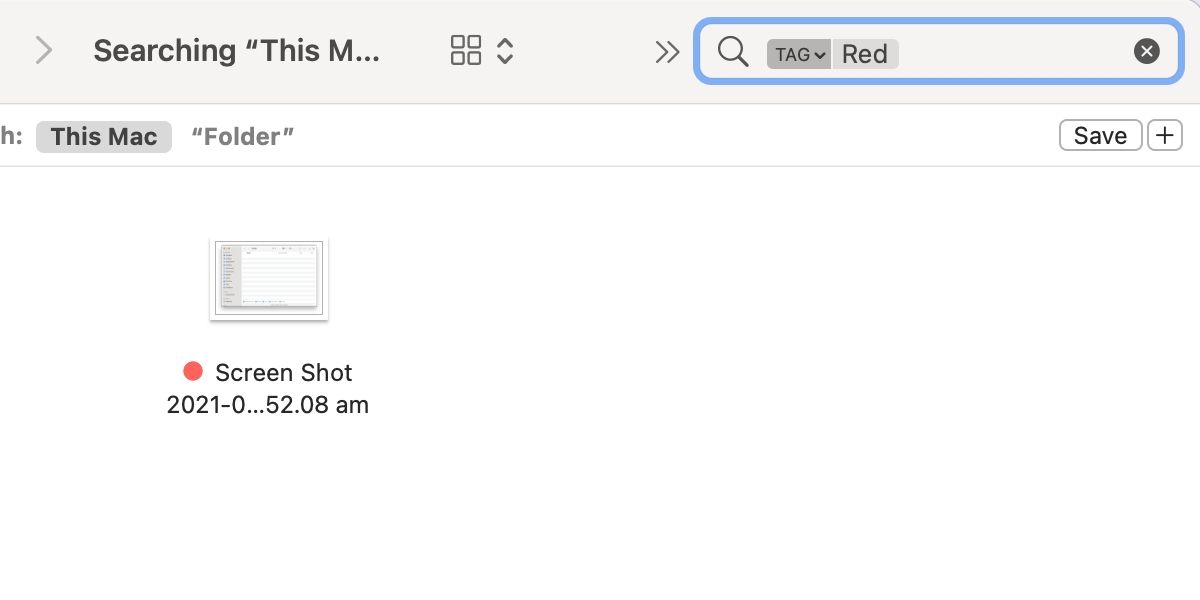
To find tagged files, type the tag name– red,blue, crucial, and so on– and choose the recommendation that appears listed below the search box.—
. 6. Produce Smart Folders.
Smart folders are a beneficial method to instantly handle files.You might set specifications that specify all PNG images with “ screen shot ” in the file name need to appear in a particular folder. MacOS will immediately include them with the other files when you include extra products to your Mac with the very same variables. Follow these actions to produce a clever folder:.
. Browse to Finder ’ s File menu. Click New Smart Folder. Type the preferred criteria into the Searchbox. Select the preferred variables.Click Save.Go into a folder name and place.Click Save. 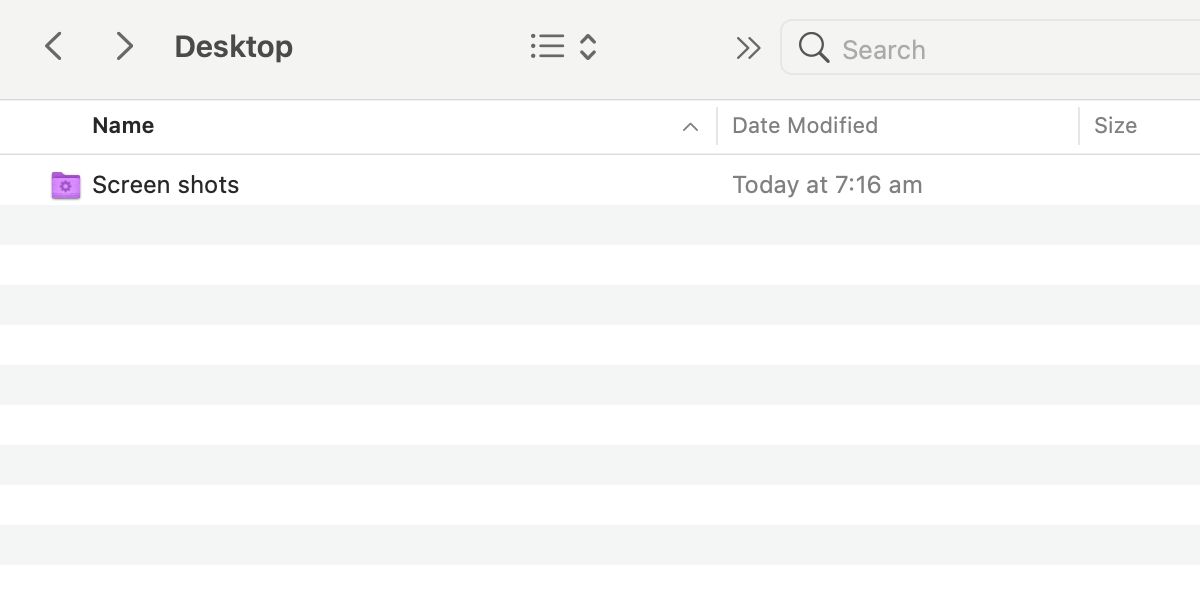
Automation is the essential function here, and you can set several conditions and make some relatively complicated clever folders when needed.
. 7. Lock Folders.
Locking folders works when several individuals utilize the exact same login or if you ’ re vulnerable to unintentionally trashing your files. A locked folder will trigger you for an admin password if you attempt to erase anything within it, and it won ’ t let you include brand-new products till opened.
.
Related: How to Password Protect Files and Folders onMac .
.
To lock a folder, follow these actions:.
. Select the appropriate folder. Control-click or browse to the File menu.Select GetInfo. Tick the Locked box in the information window.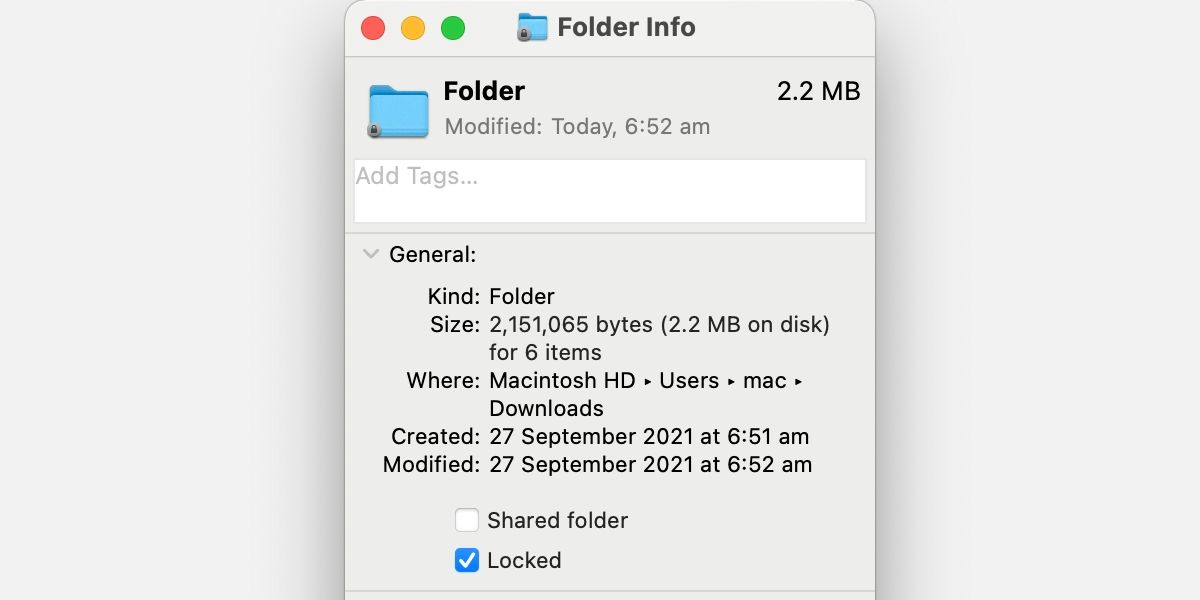
To open thefolder, you can untick the choice when required.
. 8. Compress Files.
The compression tool in macOS serves severalfunctions. As the name recommends, the function minimizesfile sizes by compressing items into a ZIP archiveProducts The tool permits you to rapidly integrate numerous products, which is beneficial when sending out a big number of accessories.
.
Follow these actions to compress your files:.
. Select all appropriate files. Control-click or browse to File.Click Compress.
Your compressed products will look like Archive.zip, which youcan relabel if required.
. 9. Examine and Access the Folder Structure.
Navigating to other places within the existing folder structure might appear like a basic suggestion, however thetechnique for doing this isn ’ t apparent.To access the folder and see structure in macOS, follow these actions:.
. Control-click the name of the existing folder in the Finder control bar. Select the folder within the structure you want to see.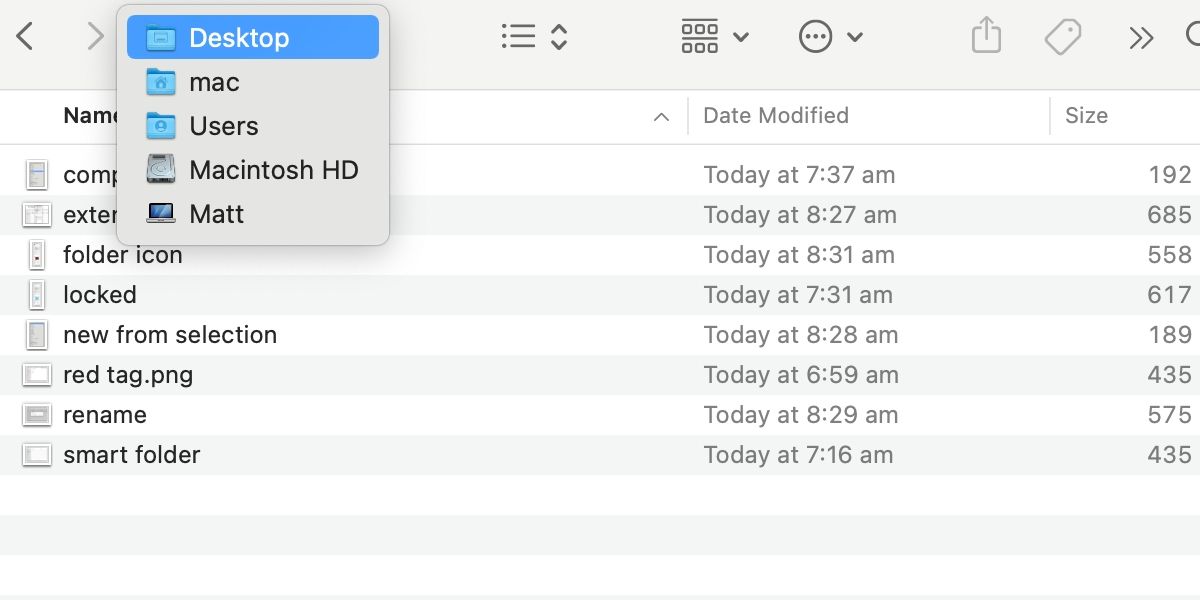
That ’ s it.Sweet however basic, this idea can conserve a great deal of time if you ’ re somebody who needs to regularly leap from folder to folder. Understanding the ideal Finder shortcuts can make life a lot simpler.
. 10. Program or Hide Filename Extensions.
If you require to alter a file name, having the extension noticeable can be beneficial.In some cases, nevertheless, the extension can obstructand makerelabeling products laborious. In macOS, you can change the method Finder shows file names. Utilize these actions to alter the setting for all files:.
. Browse to Finder> Preferences> Advanced. Tick or untick Show all filename extensions.
If you wish to alter the setting for simply one file, the actions are a little> various:.
. Control-click or pick the appropriate file. Click Get Info from the Control-click or File menu. Untick or tick Hide extension.You CouldAlways Know More.
While finder is an user-friendly tool, a few of the better functions aren ’ t apparent.Producing brand-new folders with chosenproducts makes filing simple, and understanding how to cut or move files can conserve effort and time. In addition, the batch relabel tool in macOS assists identify larger collections, and tagging and clever folders make it easy to find products.
.
Changing icons for wicked or useful functions is another beneficial function, as is the capability to lock folders. In addition, the macOS compression toolproduces smaller sized file sizes and ease of circulation. The capability to conceal or reveal file extensions is another beneficial function.
.
Finally, utilizing an easy Control-click on the present place name to access the folder structure is a real time-saving idea.
.
We ’ ve covered a number ofuseful Finder functions, however, similar to anything, there ’ s constantly more to find out. Continue to check out, check out, and play, and you ’ ll rapidlyend up being amacOS master.
.
Read more: makeuseof.com

